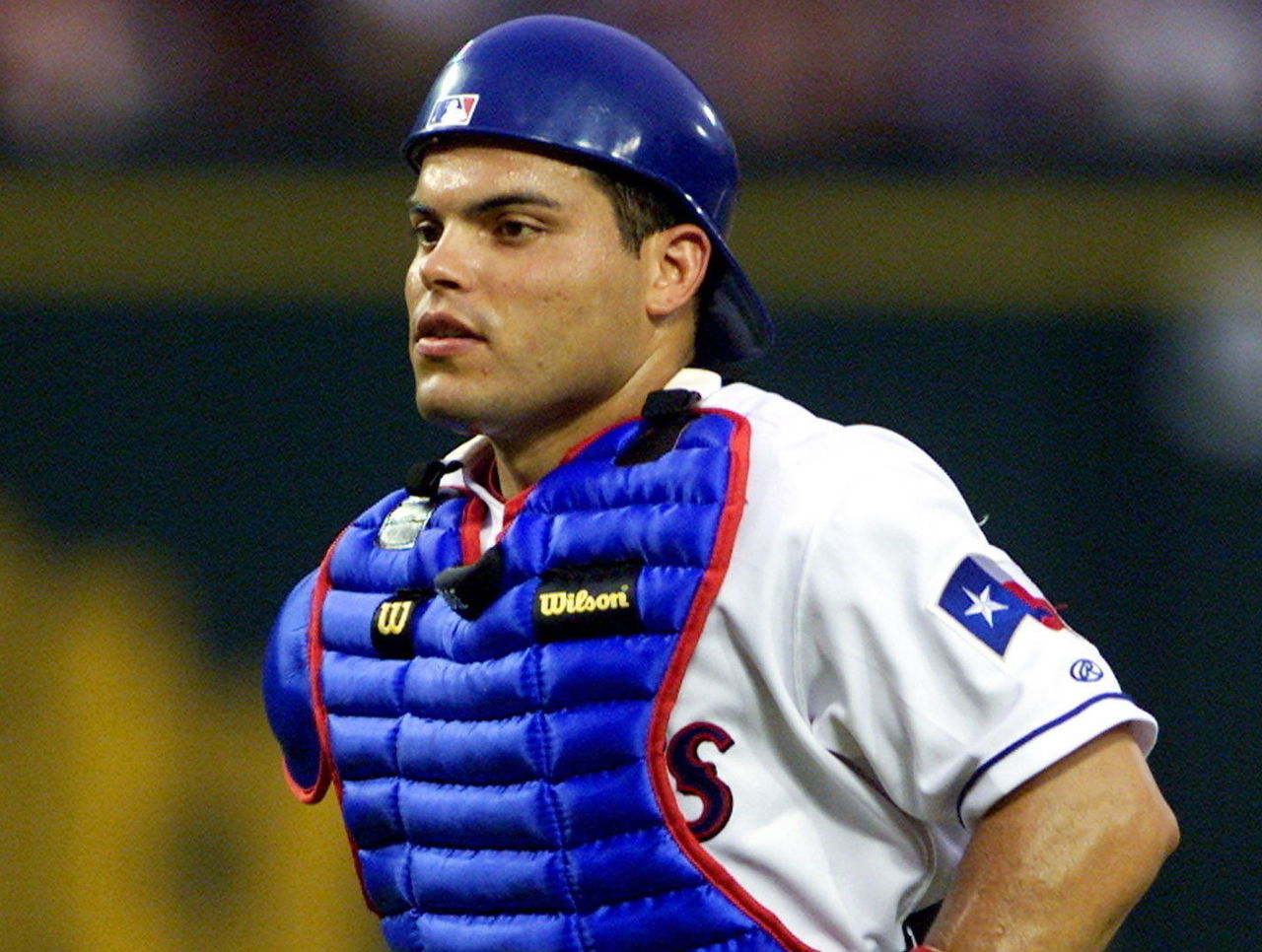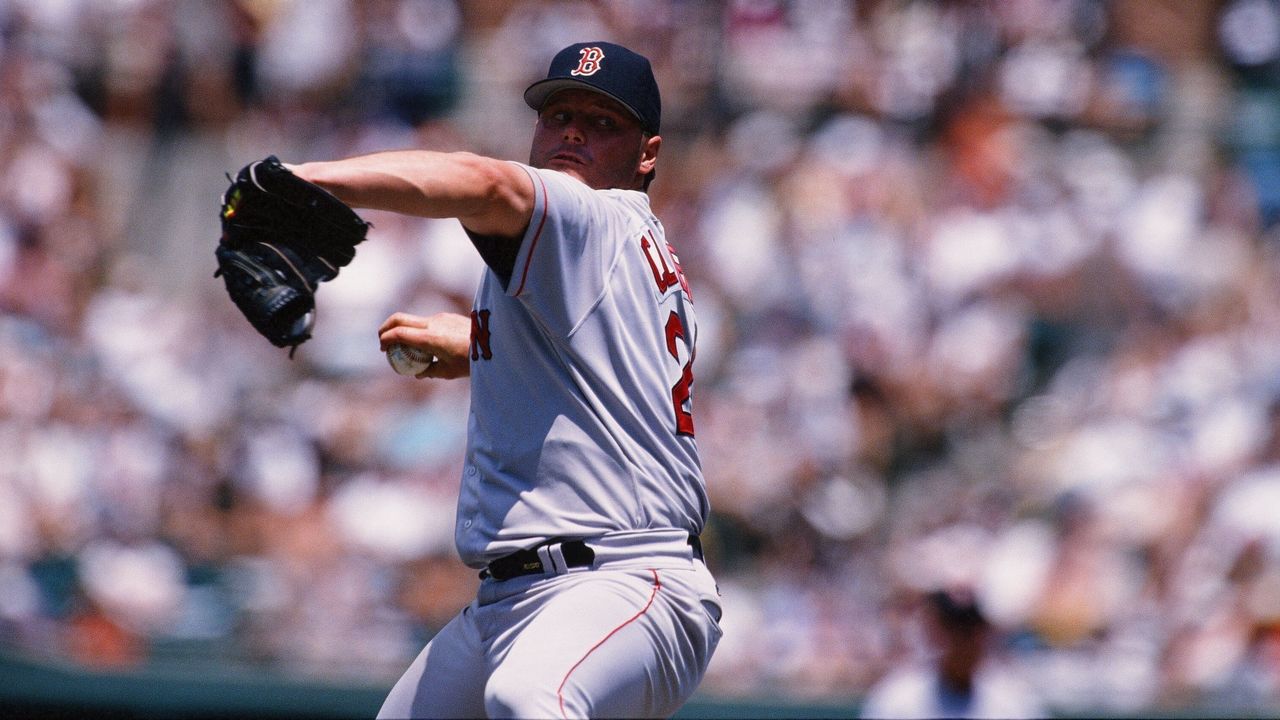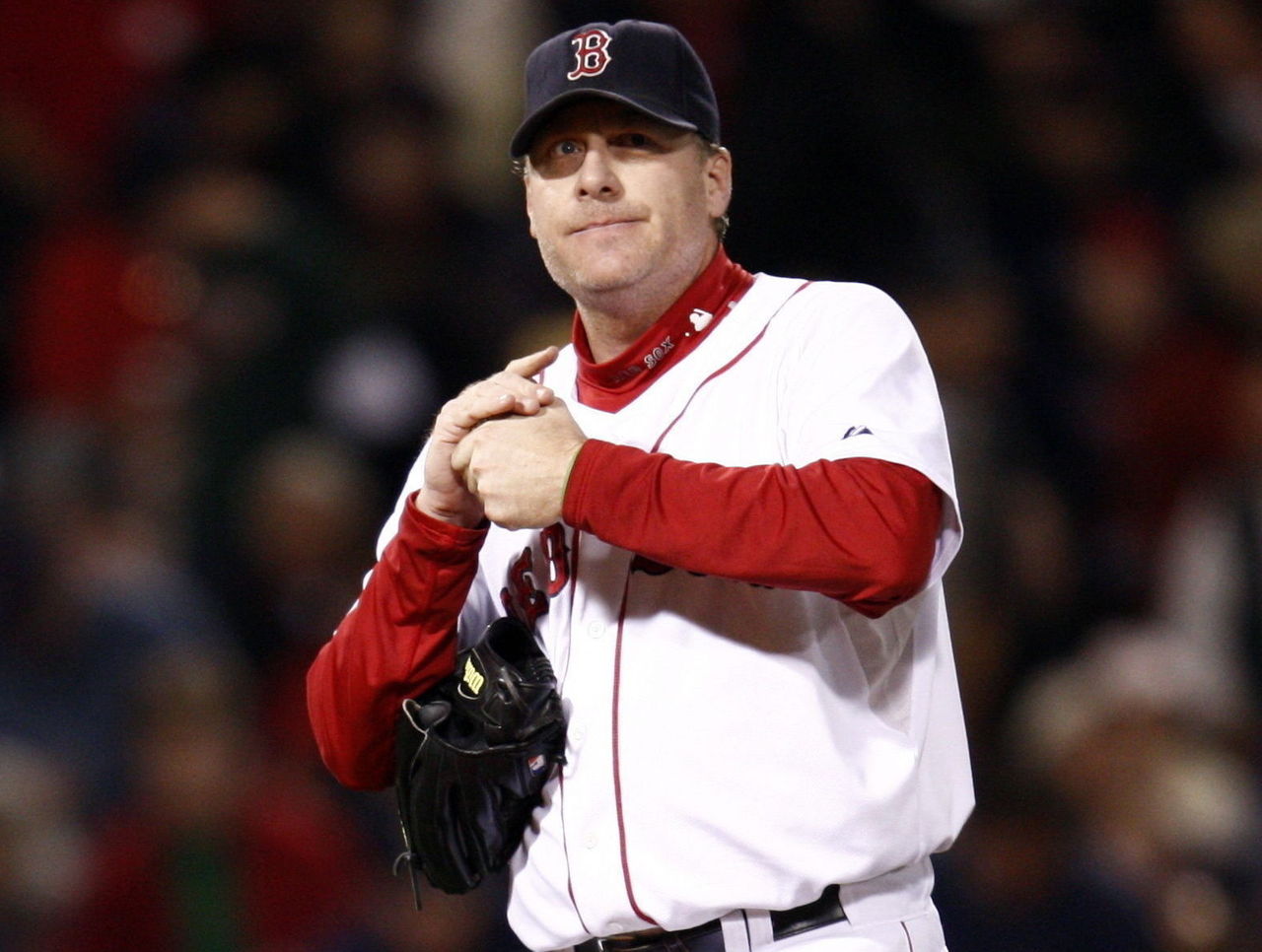5 things to know about the 2017 Hall of Fame ballot
There are 217 former players in the Baseball Hall of Fame, and that number will grow by at least one on Wednesday at 6 p.m. ET, when the results of the Baseball Writers' Association of America's ballots are revealed and a new group of legends gain baseball immortality. Before the Class of 2017 is officially unveiled, here are five things you should know about this year's Hall of Fame ballot.
Raines' wait will end

Thanks to the excellent work of ballot tracker Ryan Thibodaux, we know that Tim Raines has racked up 89.2 percent of the known vote (55.2 percent of the ballots have been released ahead of the announcement). Barring the unforeseen, this makes the former Montreal Expos star a virtual lock for induction in his 10th and final year of eligibility. If and when his name is called Wednesday it will mark the end of a long and historic climb for Raines, who debuted at just 24.3 percent in 2008; since 1977, only five other players earned fewer votes in their first year before the BBWAA eventually voted them in, according to Jared Diamond of the Wall Street Journal. Many argue that it shouldn't have taken this long for Raines and his 808 stolen bases - fifth-most all-time - to earn induction, but that wait will probably make the moment even sweeter for both Raines and Expos fans everywhere.
Historically large class?

Since the BBWAA resumed voting in 1966, they've only elected four players once, in 2015. Not only could that could happen again this year, but there's a real chance we could see a historically crowded stage in July. Besides Raines, Jeff Bagwell (88.3 percent) appears to be a lock, while Ivan Rodriguez (78.8) is holding on to a spot; right behind them sit Trevor Hoffman (72.5) and Vladimir Guerrero (71.7). Even when accounting for drops in percentage once the full totals come in, we're not only staring at yet another four-man group, but the possibility of the first five-man class since writers made Ruth, Cobb, Wagner, Mathewson, and Johnson the Hall's inaugural inductees in 1936 remains very much in play. A five-man group is unlikely to happen, but the mere fact that it's on the table is reason to watch, as it would have a huge impact on ballots in 2018 and beyond.
Bonds, Clemens rise

Whether it was Mike Piazza's induction last year, the Eras Committee voting in Bud Selig this past December, or a younger and smaller electorate with different views on the issue, a changing attitude towards the "steroid era" and its star players is being displayed on this ballot. Consider Barry Bonds and Roger Clemens, arguably the greatest position player and pitcher of all time respectively by numbers - but PED accusations have hurt them on the ballot. Now both are in year five, and suddenly, a year after both finished near the 45 percent mark, they sit above 60 on election day. Those numbers will likely drop once the undisclosed results come in, but they may not drop much, and they could end up above 60 percent. There's also Bagwell and Rodriguez, who have been connected to PEDs but are poised to sail into Cooperstown. The tide is turning in many of these cases, and Bonds and Clemens' final totals will give us a good idea of when - not if - they'll be getting the call.
Character, clauses, controversy

The controversial Rule 5 - aka, the "character clause" - is rearing its head and affecting the election again. Some writers appear to be disregarding it, as seen above, but other controversial players are feeling its effect. Manny Ramirez, a first-time candidate who failed two drug tests yet has Hall of Fame-caliber numbers, is debuting in the 25 percent range and may get stuck there. Another player seen as tainted thanks to PED connections is Sammy Sosa, who could fall off the ballot entirely. And then there's Curt Schilling, whose dominant career is now being overshadowed by his controversial views on social media. Many writers - including some voting for PED-connected players and some who voted for Schilling in years past - are now invoking Rule 5 and refusing to vote for him due to his politics and his controversial tweet that appeared to advocate violence against the media. Schilling's total might drop by over 10 percent from last year thanks to the clause, and discussion of Rule 5's relevance in voting will continue for the rest of the year.
Worthy names will fall

The ballot crunch and 10-vote limit is going to cost some worthy players a spot on the ballot. Among the notable names in danger of failing to reach the 5 percent mark are Gary Sheffield (512 homers), Jeff Kent (MVP, most homers by a second baseman), Jorge Posada (five-time champion), and Billy Wagner (most strikeouts by a left-handed reliever). Lee Smith is in his final year of eligibility but has no chance of induction. Larry Walker could be the next Raines-type case to get a heavy push, but he's stalled in the low 20s and only has three years left. Fred McGriff (eighth year) is stuck at 16 percent. Sosa and his drug-filled case are at 9.6 percent and could be dropped, while the drug-addled Ramirez is already showing signs of a quick Sosa-like fall. All told, next year's ballot - which will be the first under new rules forcing all ballots to be revealed - is going to look very different once the crowding knocks some of these interesting cases off.